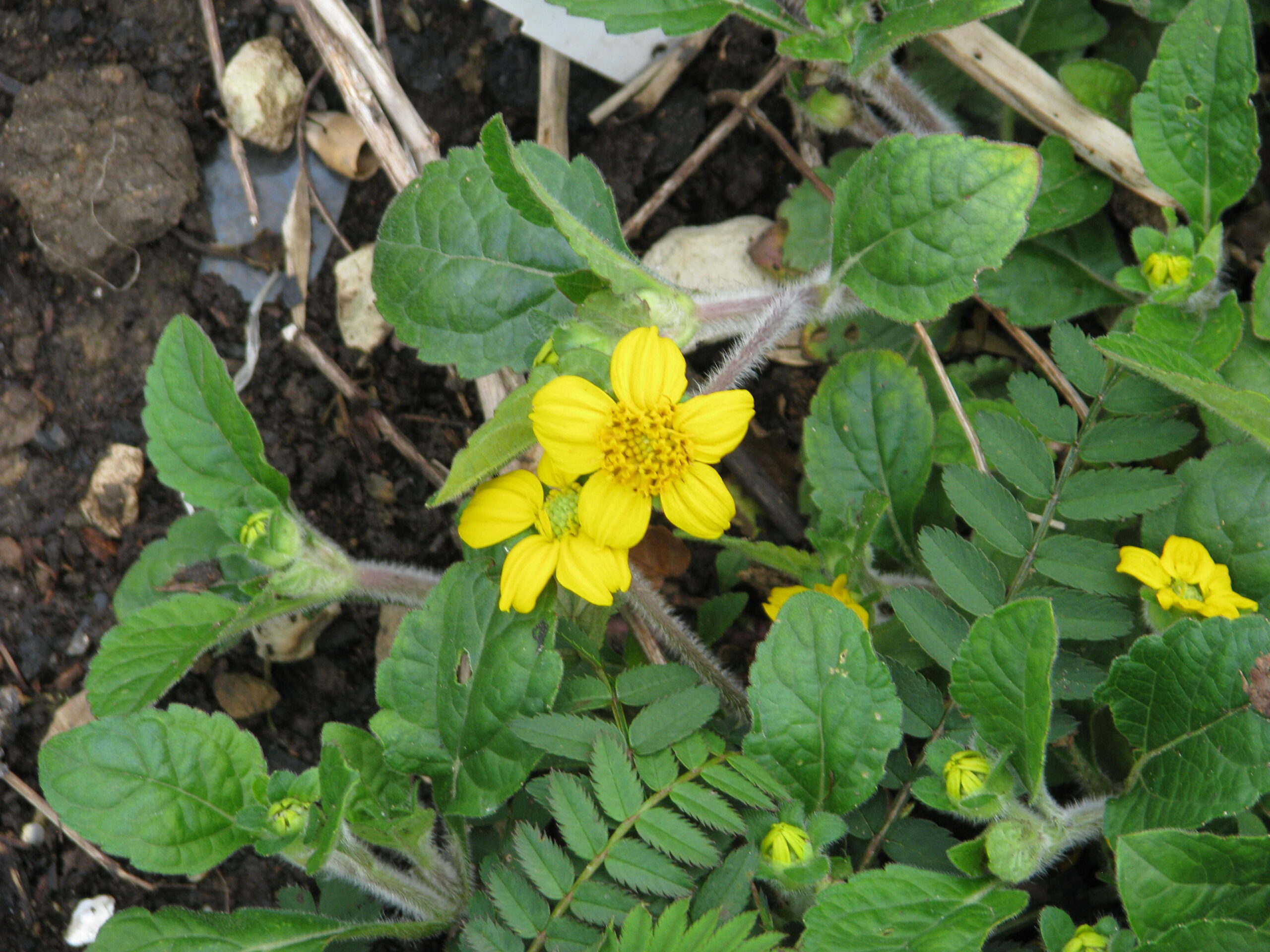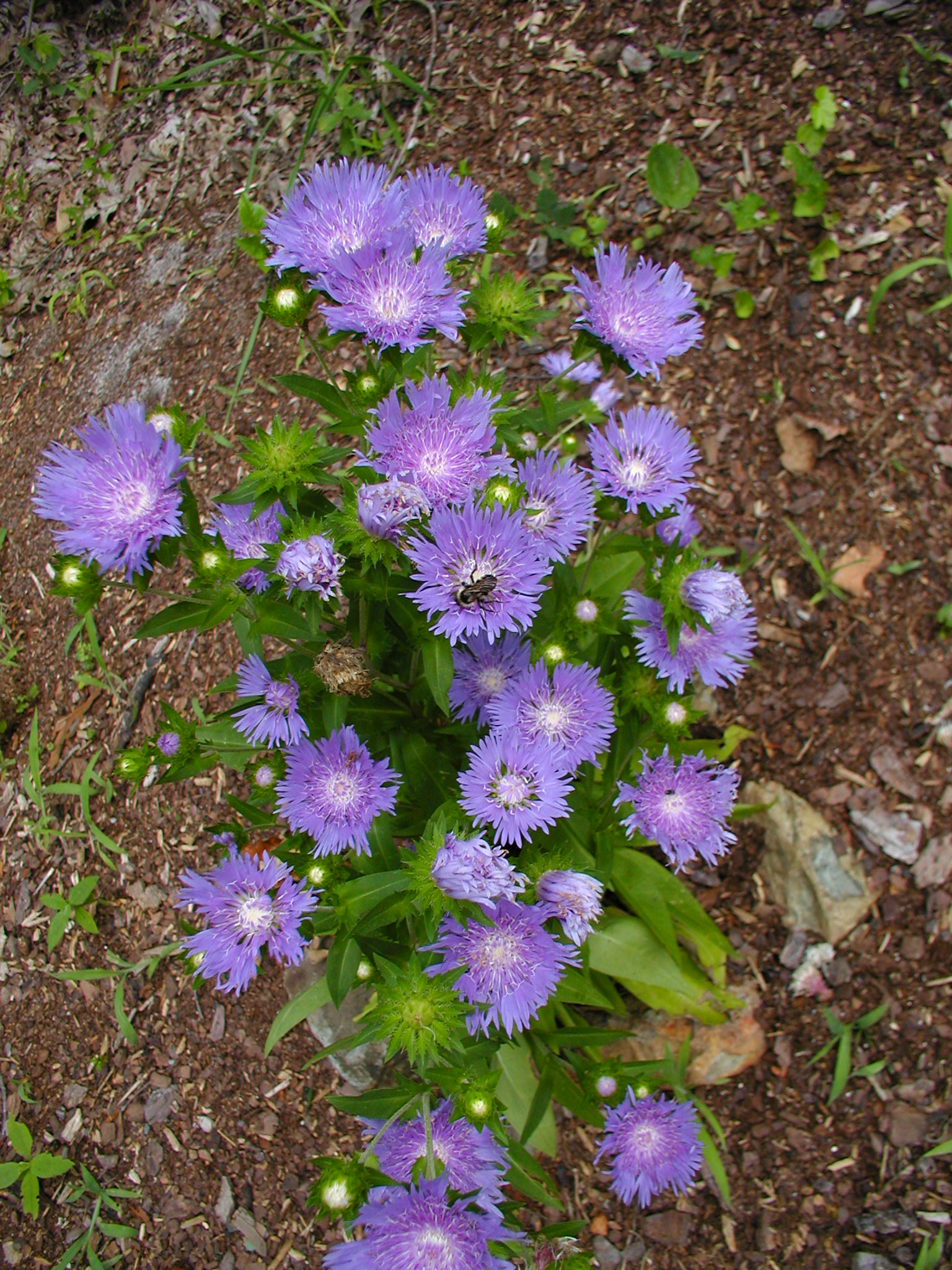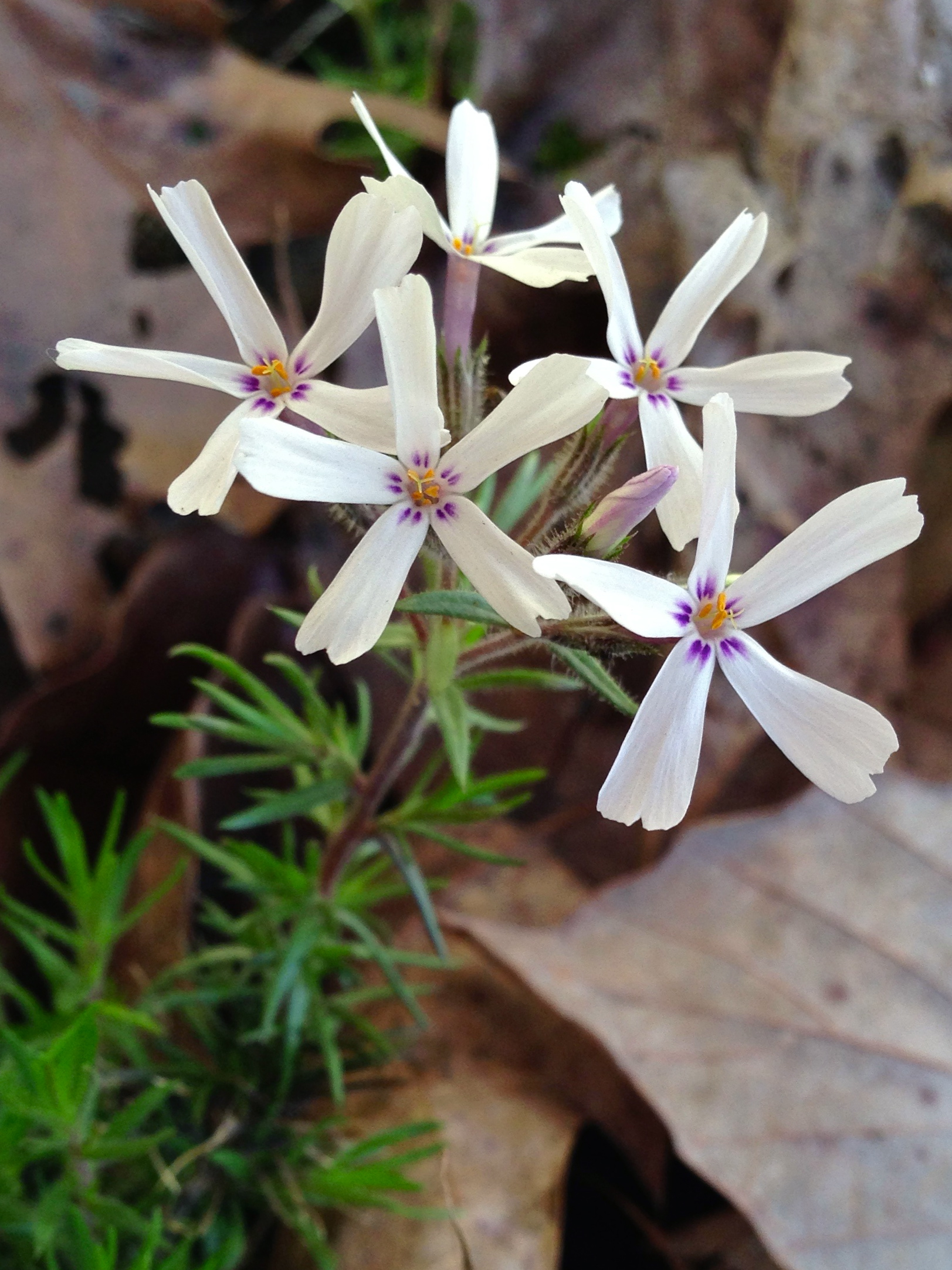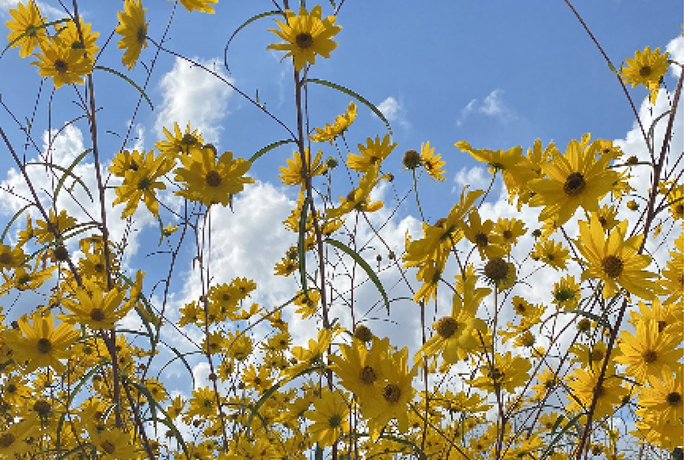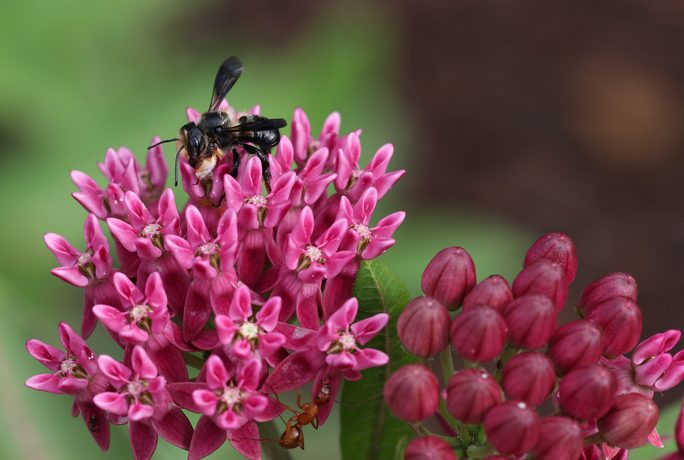NURSERY HOURS
Wednesday: 10-4 Thursday: 10-6 Friday-Saturday: 10-4 Sunday: 12-4
April 29, 2019
Chrysogonum australe
Green-and-Gold, of which there are several forms, is a hardy, low-growing, long-blooming herbaceous perennial found along woodland edges and clearings on the East coast from New York south to Florida and west to Louisiana. With attractive, semi-evergreen foliage, bright yellow 1.5-inch daisy-like flowers on fuzzy stalks for much of the growing…
February 28, 2019
Stokesia laevis
This super-attractive, butterfly-drawing herbaceous perennial is small (1-2′ high x 1-2′ wide) with large (2-3 inch) very showy, usually single flowers ranging from cornflower blue (most often) to lavender and even, occasionally, white. The flower structure of Stokes aster reflects its membership in the Aster family: deeply notched blue or lavender…
February 28, 2019
Vaccinium arboreum
This plant is not currently for sale. This is an archive page preserved for informational use. Sparkleberry or (Farkleberry) is an attractive, tough, underused woodland shrub usually eight to ten feet in height, though occasuinally it takes on a tree form. It is found in dry woods and open forests from…
September 17, 2018
Pachysandra procumbens
This plant is not currently for sale. This is an archive page preserved for informational use. Allegheny or Mountain Spurge is a short, shrubby ground cover which barely reaches a foot tall. Grown in dappled sun to full shade, it spreads by rhizomes to form a carpet of semi-toothed, crisp blue-green…
September 17, 2018
Phlox subulata ssp. subulata
Phlox subulata, often called Moss Pink even though it comes in as many colors as the other groundcover Phloxes, is a mat-forming, sun-loving, semi-evergreen herbaceous perennial found in rocky and sandy barrens from New York to Michigan and south to Georgia and Louisiana. Leaves are needle-like or linear, and the vegetative…
September 17, 2018
Phlox subulata ‘Amazing Grace’
Phlox subulata ‘Amazing Grace’ is a cultivar of Phlox subulata ssp. subulata (see that entry). The flowers of ‘Amazing Grace’ are bright white with the tiny golden exserted stamens closely surrounded by small maroon markings (nectar guides) at the base of the petal lobes. The USDA plant distribution map linked below…
About the author

Proin volutpat vitae libero at tincidunt. Maecenas sapien lectus, vehicula vel euismod sed
Categories
Popular Posts
Instagram
Follow us

